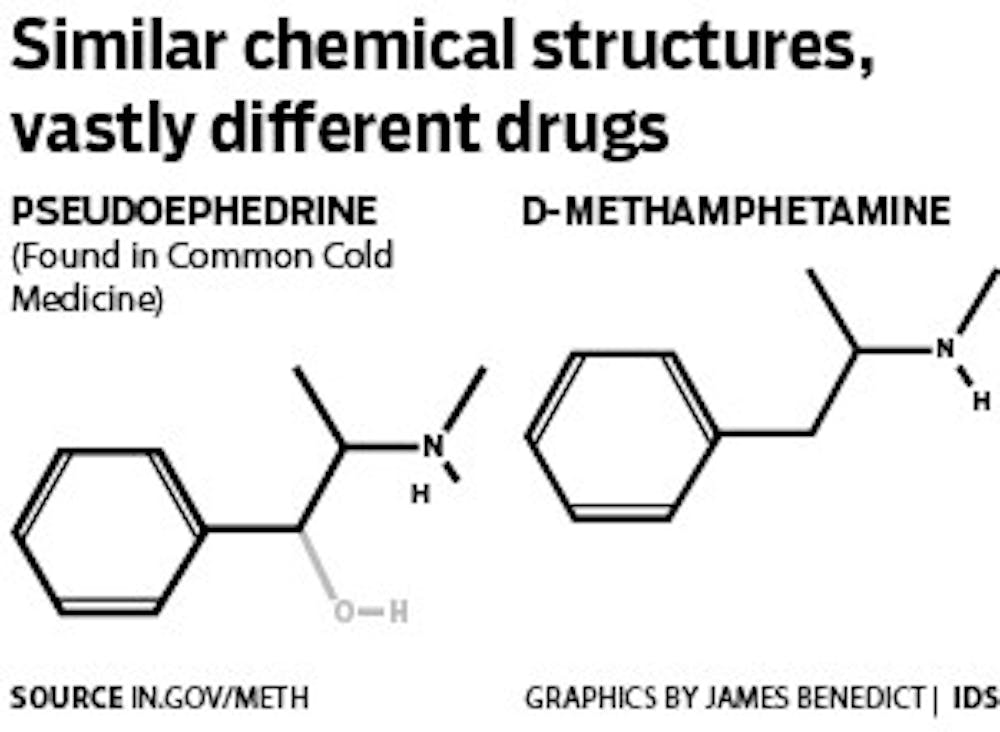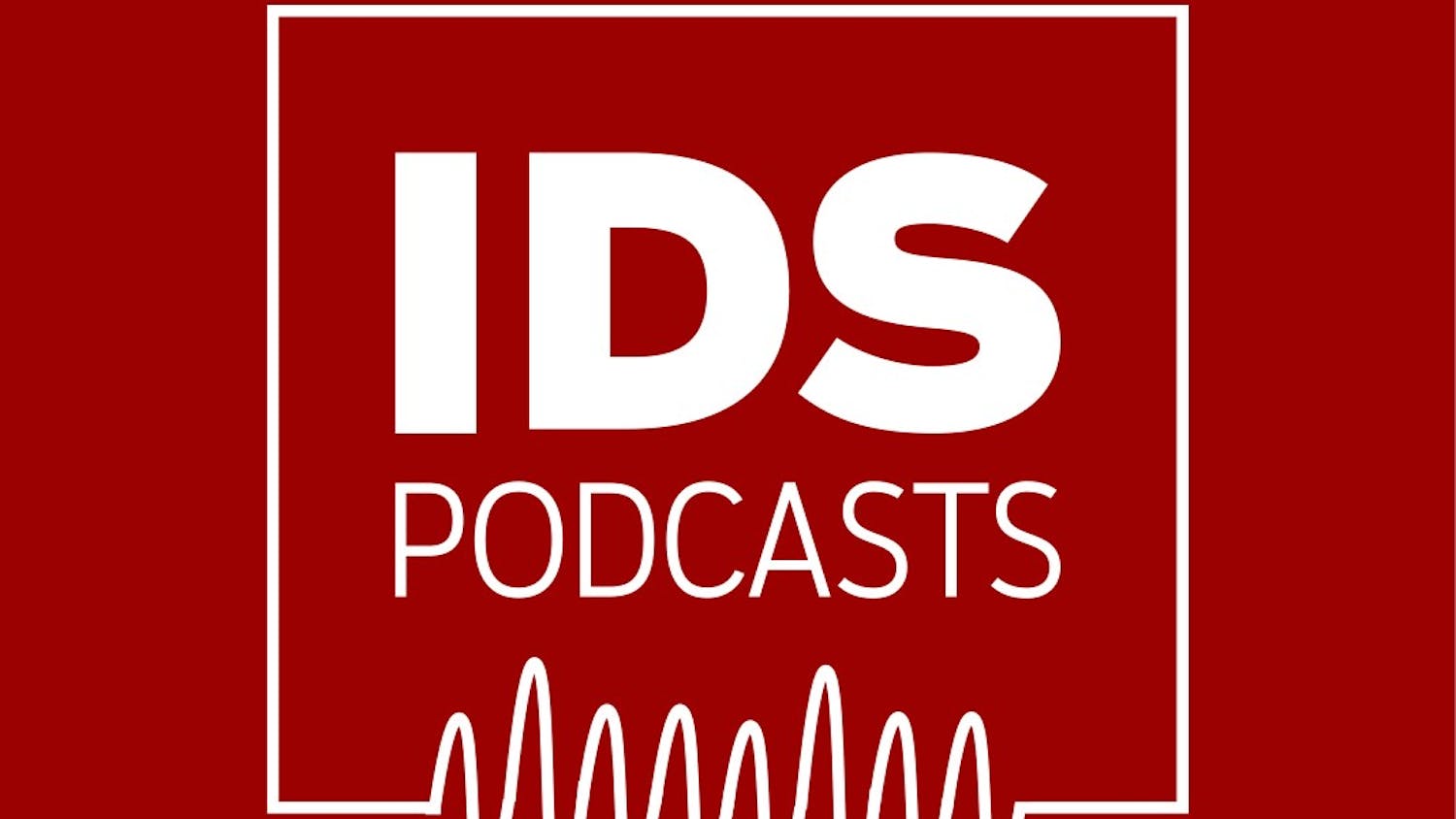New legislation that aims to reduce illegal methamphetamine production has been moving through the Indiana General Assembly this past week.
The bill, Senate Bill 536, was authored by Sens. R. Michael Young, R-Indianapolis, Carlin Yoder, R-Middlebury, and Randall Head, R-Logansport, and introduces a number of new regulations that make it more difficult to purchase precursor ingredients for the drug, specifically ephedrine and pseudoephedrine.
“People convicted of drug felonies should bear the burden of obtaining a prescription for ephedrine,” Young said in a press ?release.
States that require convicted drug criminals to obtain prescriptions have seen a significant drop in meth labs, Young added.
“It is my hope that Indiana will experience similar results,” Young said. “This is a practical solution for decreasing the prevalence of meth in Indiana without creating additional challenges for honest citizens.”
SB 536 was passed in the Indiana Senate Tuesday with a vote of 46-3, and the bill has been referred to the Indiana House of ?Representatives.
Senator Mark Stoops, who represents Bloomington and Monroe County, voted yes.
Ephedrine and pseudoephedrine are nasal decongestants that are the main ingredients used in the production of meth. A prescription is not required in Indiana to purchase these substances.
The legislation would invoke the National Precursor Log Exchange, a national database that tracks the sale of substances like ephedrine and pseudoephedrine, in order to track individuals with drug-related felony convictions who are ?trying to purchase precursor ?ingredients.
In this legislative session there have been a number of other bills that were drafted with the intention of making ephedrine and pseudoephedrine prescription drugs, but none of them will be voted on in the general assembly.
Critics of the bill claim it would make it more difficult for Hoosiers to get the over-the-counter medications they need.
“It is our goal to reduce the use of meth in Indiana without burdening law-abiding Hoosiers,” Yoder said in a press release.
Current laws are in place in Indiana that set limits on the amount of pseudoephedrine or ephedrine that can be purchased in a certain time period. The limits are set at no more than 3.6 grams in one day, 7.2 grams in a 30-day period and 61.2 grams in a 365-day period. State laws also require retailers to submit detailed information to NPLEx about customers buying pseudoephedrine or ephedrine.
In 2006, the United States Congress enacted the Combat Methamphetamine Act, which specifically targeted methamphetamine precursors and increased regulation of the sale of products containing ?pseudoephedrine.
Indiana is known for having a high number of meth labs, and in 2013 Indiana had the highest number of meth lab seizures in the nation, with 1,797 having taken place throughout the state. In 2014 alone 43 meth labs were seized by law enforcement in Monroe County, the fourth highest in the state.
The broader goal of this legislation is to eventually reduce the prevalence of drug abuse in Indiana, particularly with methamphetamine. Throughout the country, there were an estimated 440,000 methamphetamine users in 2012, according to the National Institute on Drug Abuse.
The National Survey on Drug Use and Health, a survey sponsored by the Substance Abuse and Mental Health Services Administration, estimated there were anywhere from 128,000 to 205,000 people who abused or were dependent on illicit drugs in 2012 and 2013.
Illicit drugs include ?marijuana, cocaine, heroin and methamphetamine.
According to the Center for Disease Control, drug overdose was the leading cause of injury death in 2012. Among people 25 to 64 years old, drug overdose caused more deaths than motor vehicles.




